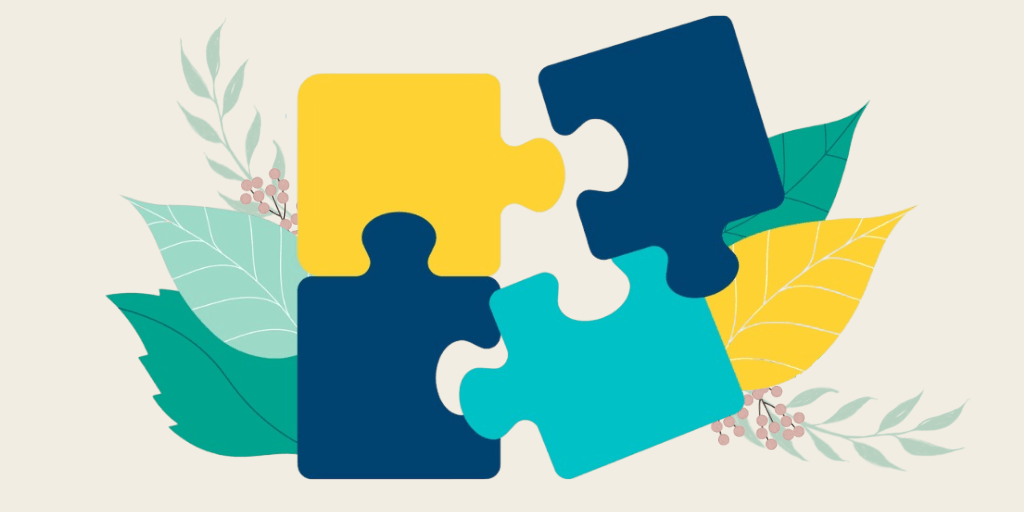Sorting it out: Reconstructing narratives for trauma and attachment wounds recovery

Transform fragmented, trauma-driven narratives into coherent stories of healing with practical, evidence-based tools grounded in narrative therapy, CBT, and attachment theory.
Traumatic experiences and attachment wounds can disrupt the personal narrative, leaving a person stuck in unhealthy patterns of behaviour. Clients often enter therapy with fragmented, overwhelming narratives. Narratives shaped by traumatic experiences that disrupt their ability to make sense of past events and undermine their sense of self. Effective therapeutic approaches focus on helping clients transform these disorganized, overwhelming memories into coherent, balanced narratives with new meaning.
This workshop presents a therapeutic approach based on decluttering and organizing. Clients “sort out” their personal story to create new meaning and tangible change in daily life. In this process, they make thoughts, feelings, and memories explicit. With the therapist’s support, they decide what to keep, what to reevaluate or change, what to set aside and accept, and how to move in the desired direction. The interventions draw from research on discursive proximity, and integrate narrative therapy, cognitive behavioural therapy, and attachment-based interventions.
The therapist’s role is to provide a safe, consistent relationship that models compassion and curiosity. Together, therapist and client deconstruct the old narrative. They highlight key patterns and pivotal “forks in the road” that represent choices or turning points. The process unfolds in small, nonlinear steps. It relies on building intentional skills such as reflective functioning and narrative practice.
Learning objectives:
- Understand how traumatic experiences and attachment wounds disrupt personal narratives and impact patterns of behavior.
- Learn to use discursive marker’s in client’s narrative to evaluate coherence and identify targets for intervention.
- Develop case conceptualization based on client’s narrative, using tenets from CBT and attachment theories.
- Implement evidence-based strategies from a “sorting and decluttering” therapeutic framework to transform disorganized, trauma-driven memories into a coherent, balanced personal narrative.
Register today to gain actionable strategies for helping clients “sort out” their stories and build pathways toward recovery and resilience.



